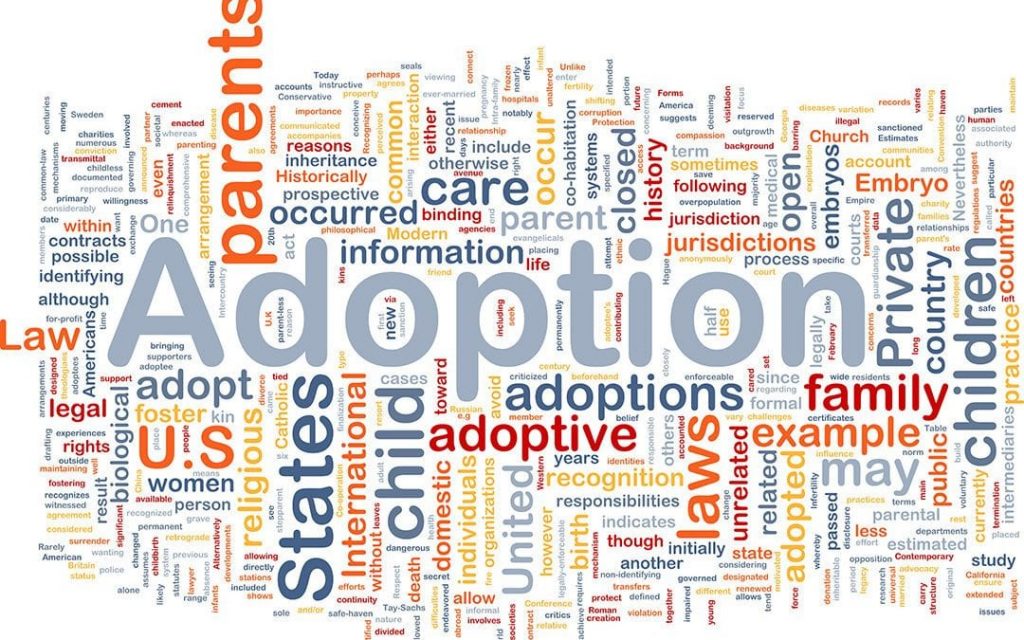
Adoption has been a common practice among people in a wide variety of cultures throughout the world for thousands of years. But its history in the U.S. is much more recent. While individual and “unrecognized” cases of adoption likely occurred much earlier in the country’s history, it wasn’t until the mid-1800s that laws were passed concerning adoption and the court systems began to officially recognize its legality.
Since then, there have been many landmark laws passed and court rulings issued to clarify and define what adoption is, what the process is for formally adopting children, and how to make adoptions produce the best outcomes possible for children. After states began passing laws regarding adoption in the mid-to-late 19th century, the number of adoptions increased significantly in the 20th century.
A few prominent milestones in the history of adoption in America include:
1851
Massachusetts is the first state in the U.S. to pass a modern adoption law known as the Adoption of Children Act. The law recognized adoption as a social and legal operation that was based on child welfare rather than the interests of adults.
1854
The New York Children’s Aid Society launches orphan trains. Between 1854 and 1929, one-quarter of a million children from major cities on the East Coast of the U.S. were sent to midwestern and western states via train. Some were event sent to Mexico and Canada. Children were placed on display for prospective families to look them over, and the entire process happened with little to no oversight.
1912
Congress creates the U.S. Children’s Bureau, a division of the federal government tasked with investigating and reporting on all matters pertaining to the welfare of children.
1939
The Chosen Baby is published. It’s now considered a landmark in the history of adoption-related literature, especially regarding its advice for telling children about their adoption status.
1948
The first American transracial adoption occurs in Minnesota when white parents adopt an African-American child.
1953-1958
The National Urban League Foster Care and Adoptions Project is the first nationally coordinated effort to find adoptive homes for African-American children.
1970
175,000 adoptions are reported this year, representing a century-long statistical peak.
1980
States receive major funding via the Adoption Assistance and Child Welfare Act for special needs adoptions and to create resources for the prevention of child abuse, neglect, and removal.
2000
Foreign-born adopted children receive automatic American citizenship when they enter the country via the Child Citizenship Act of 2000, eliminating a major hurdle for parents who want to adopt internationally.
It took nearly 100 years for adoption to become “modernized” in the U.S., as the process gradually expanded to include children who are older, disabled, non-white, and have special needs. In addition, adoption has also become prevalent in popular culture, politics, and popular media.
Adoption Is Challenging—Adoption Law Center of Middle Tennessee Can Help
Despite huge advances and growth in adoption laws, support, and communities in the U.S. since 1851, the process is still complicated for many families. If you need help or a guide through the complexities of adoption, Adoption Law Center of Middle Tennessee is here to help.
Contact us at for a free consultation today.